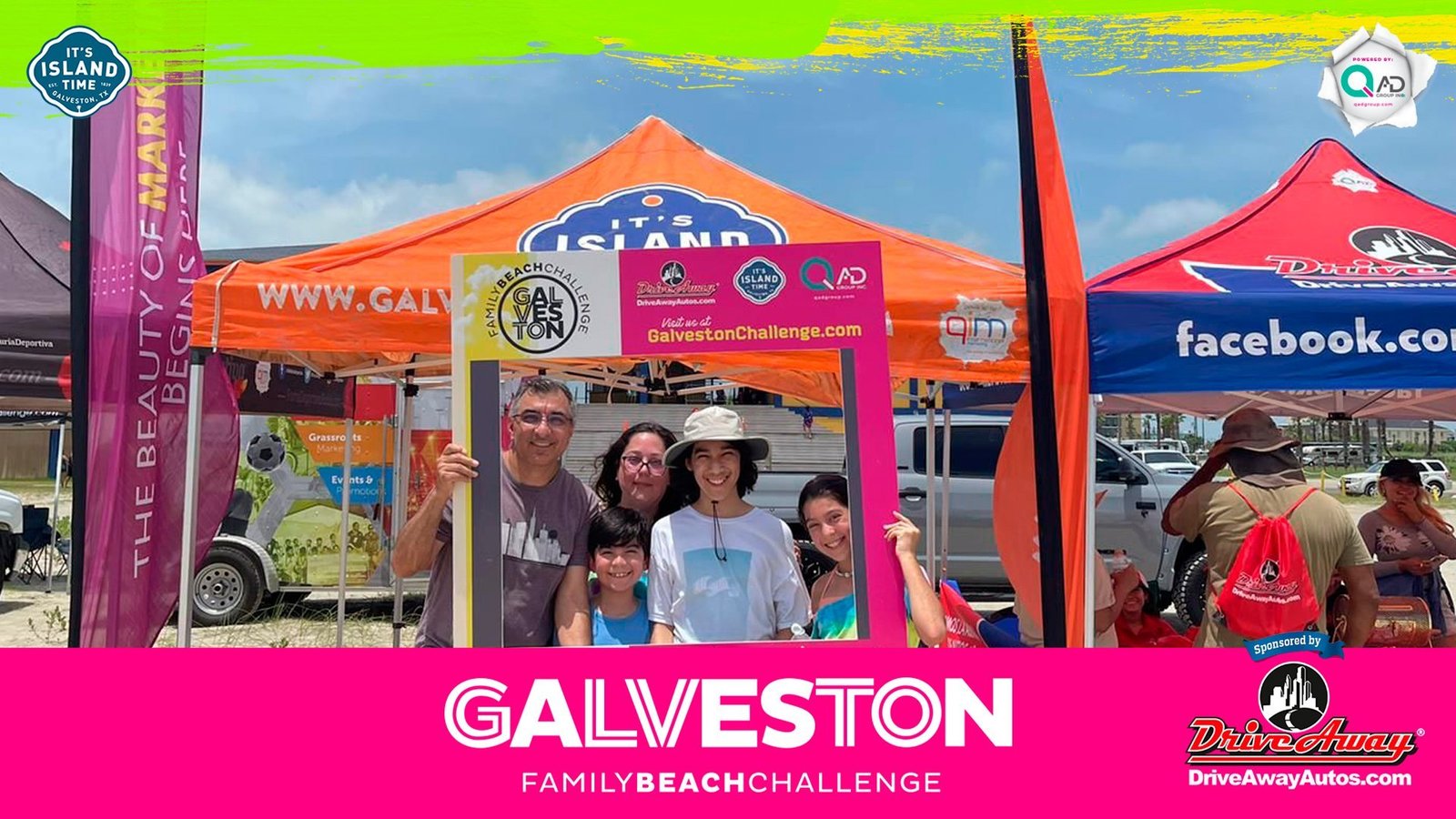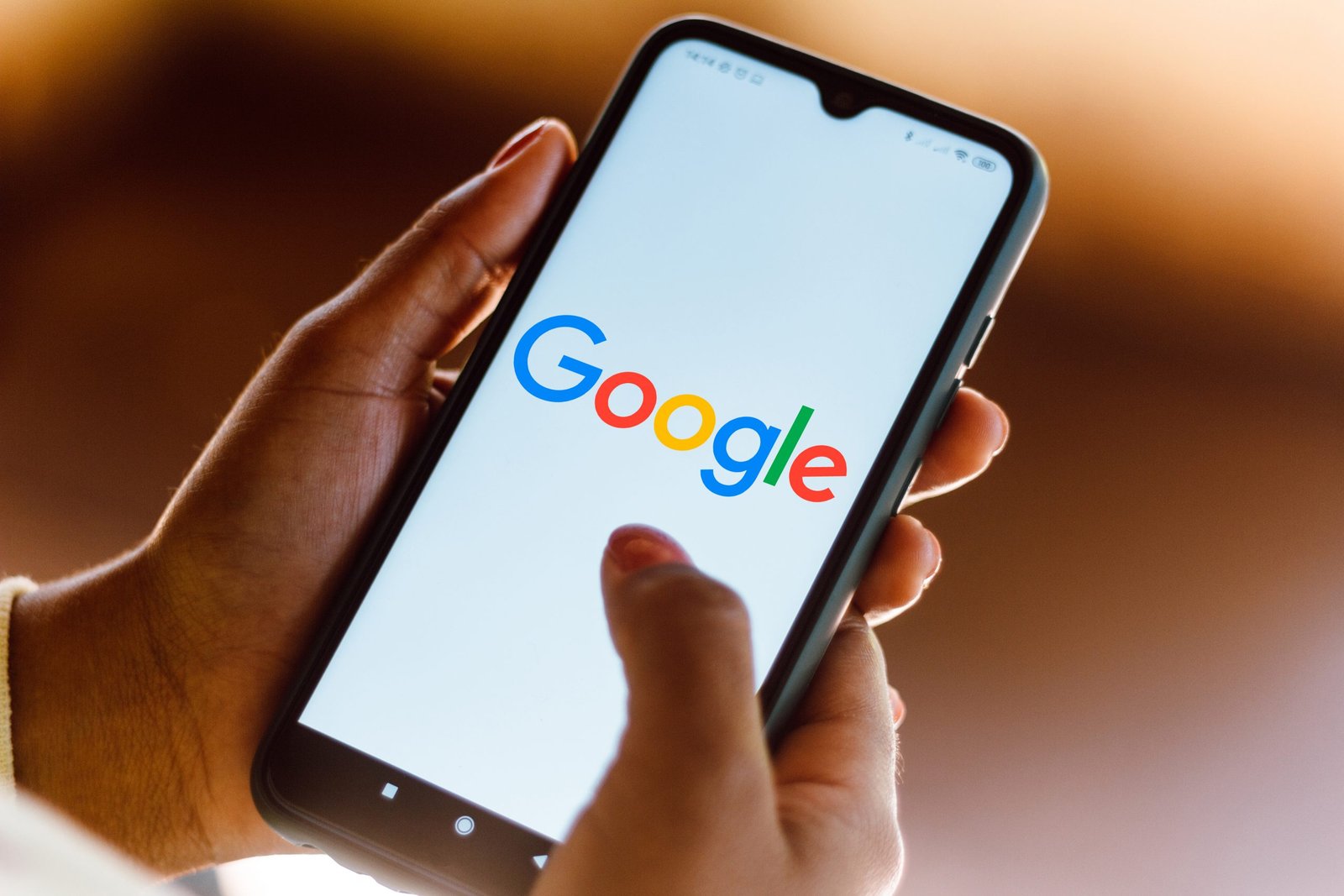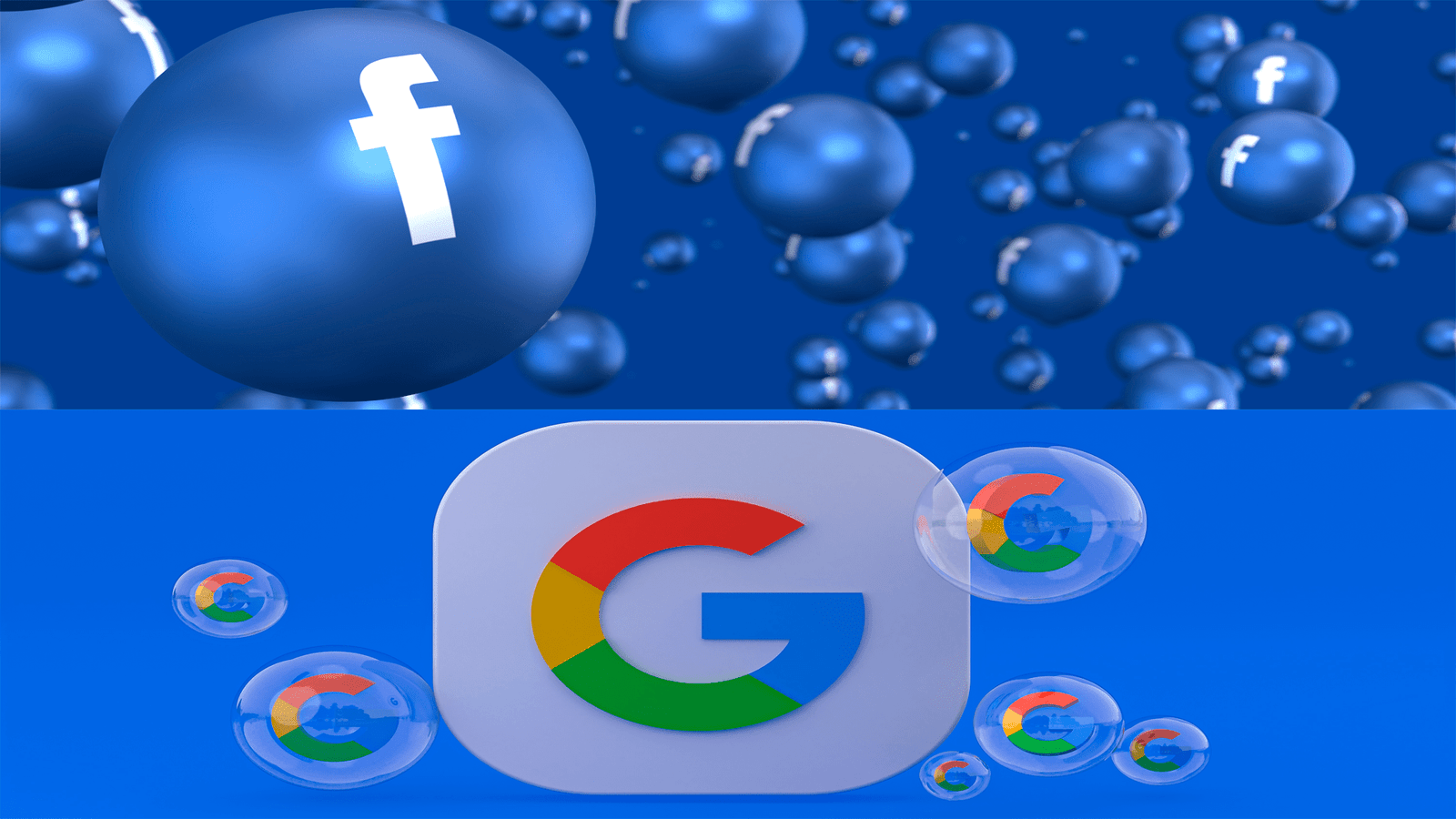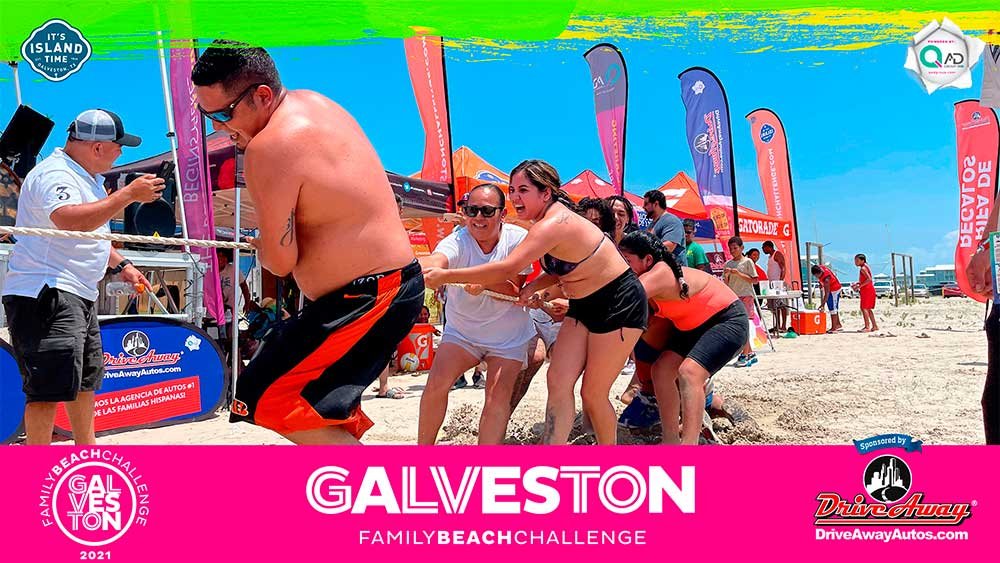- DriveAway Autos Continues to strengthen Its Partnership with the MS 150 OrganizationSource:QAd Group Published on 2025-04-23
- TEXRITE AND CEMIX HOST SUCCESSFUL EVENT WITH FLOOR & DECOR IN MCALLEN, TEXASSource:QAd Group Published on 2025-03-13
- Q Advertising Group, Announce Exciting New Addition to Furia Deportiva Radio ShowSource:QAd Group Published on 2025-01-21
- ProChallenge: Inspiring Youth Through Sports and Community EngagementSource:QAd Group Published on 2024-12-03
- DriveAway Autos Proudly Supports ProChallenge Soccer Clinic: Empowering Houston's Youth Through SportsSource:QAd Group Published on 2024-10-17
- Llegó el Galveston Challenge: ¡Evento de diversión familiar con más de $3000 en premios en juegoSource:QAd Group Published on 2024-07-04
- Galveston Challenge: Family Fun Event with Over $3000 in Prizes Up for GrabsSource:QAd Group Published on 2024-07-03
- Driveaway Autos Inc. Goes Beyond Selling Cars to Support MS150Source:QAd Group Published on 2024-04-24
- Furia Deportiva Host Aldo Quiroz Appointed as Hispanic Spokesperson for Bike MS: Texas MS 150Source:QAd Group Published on 2024-04-10
- (346) 762-5845
- info@qadgroup.com
- Mon - Fri: 9:00 - 17:30










